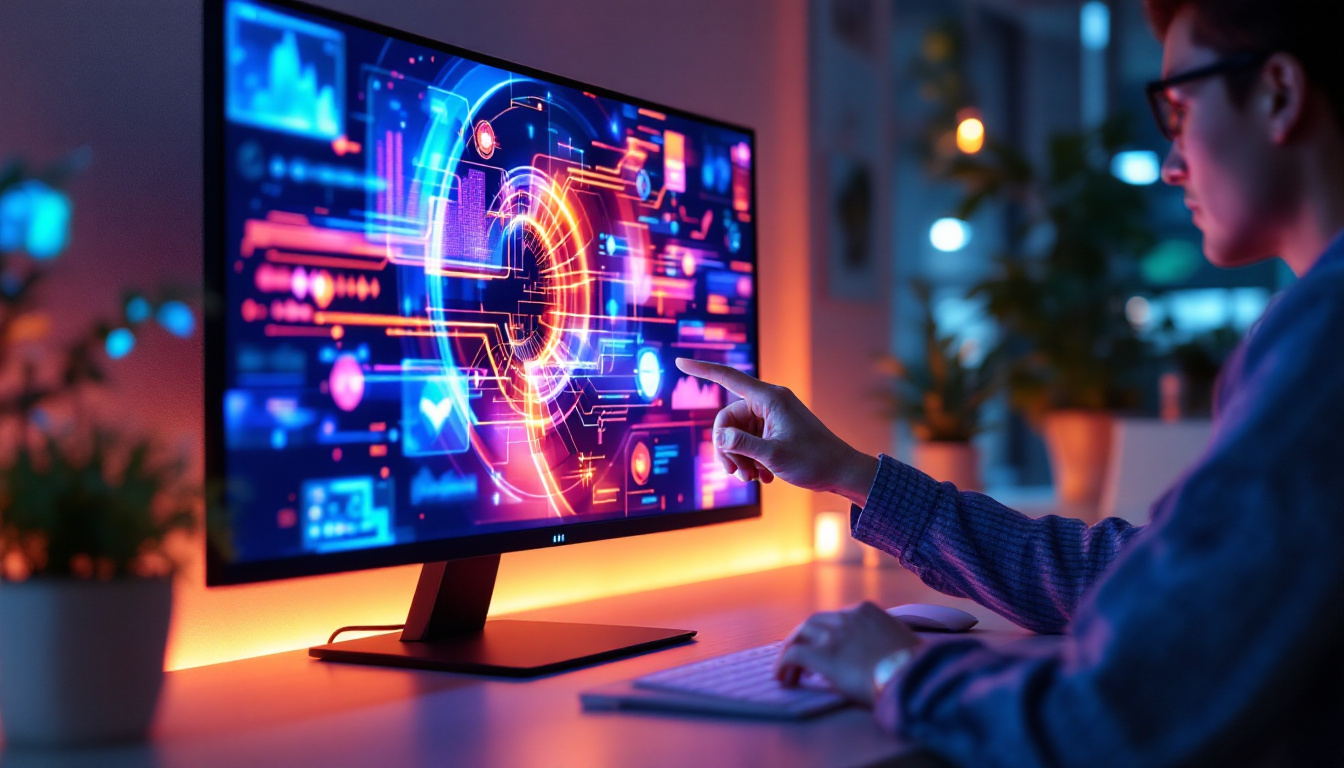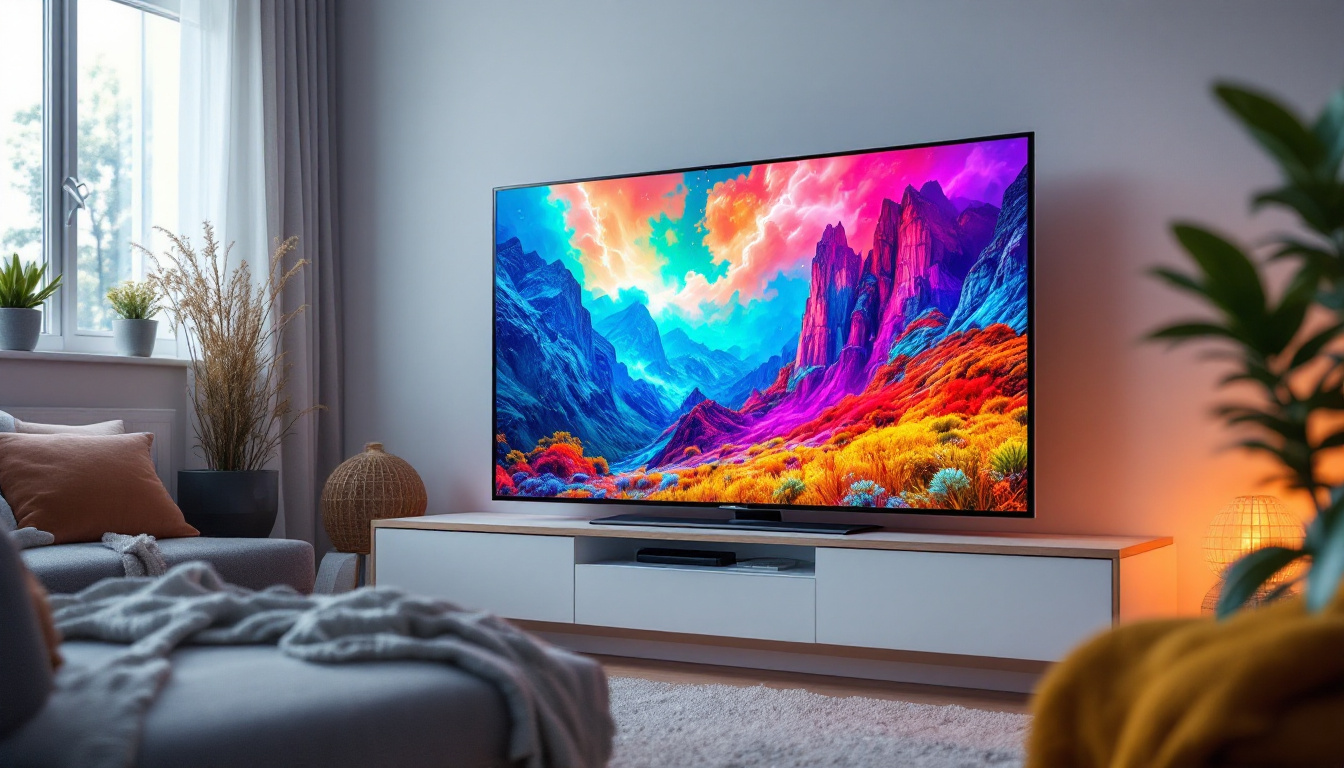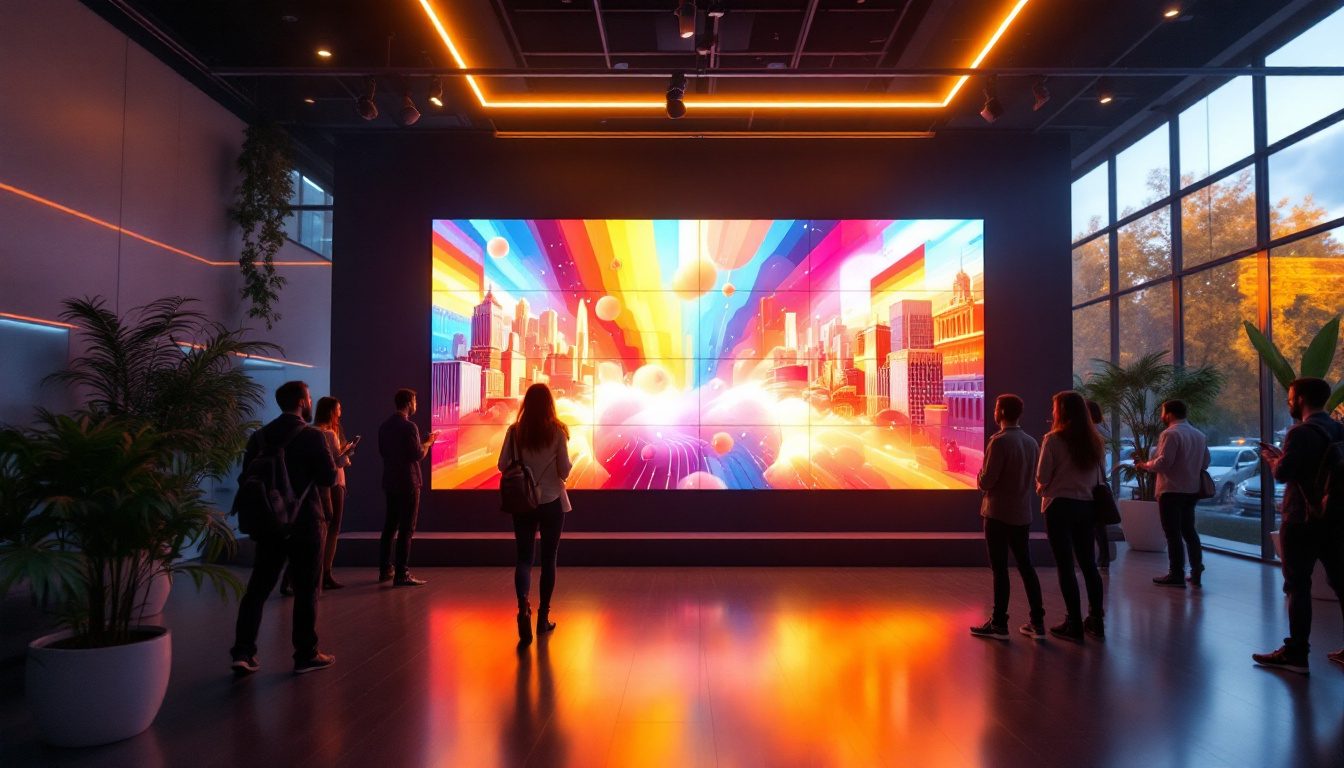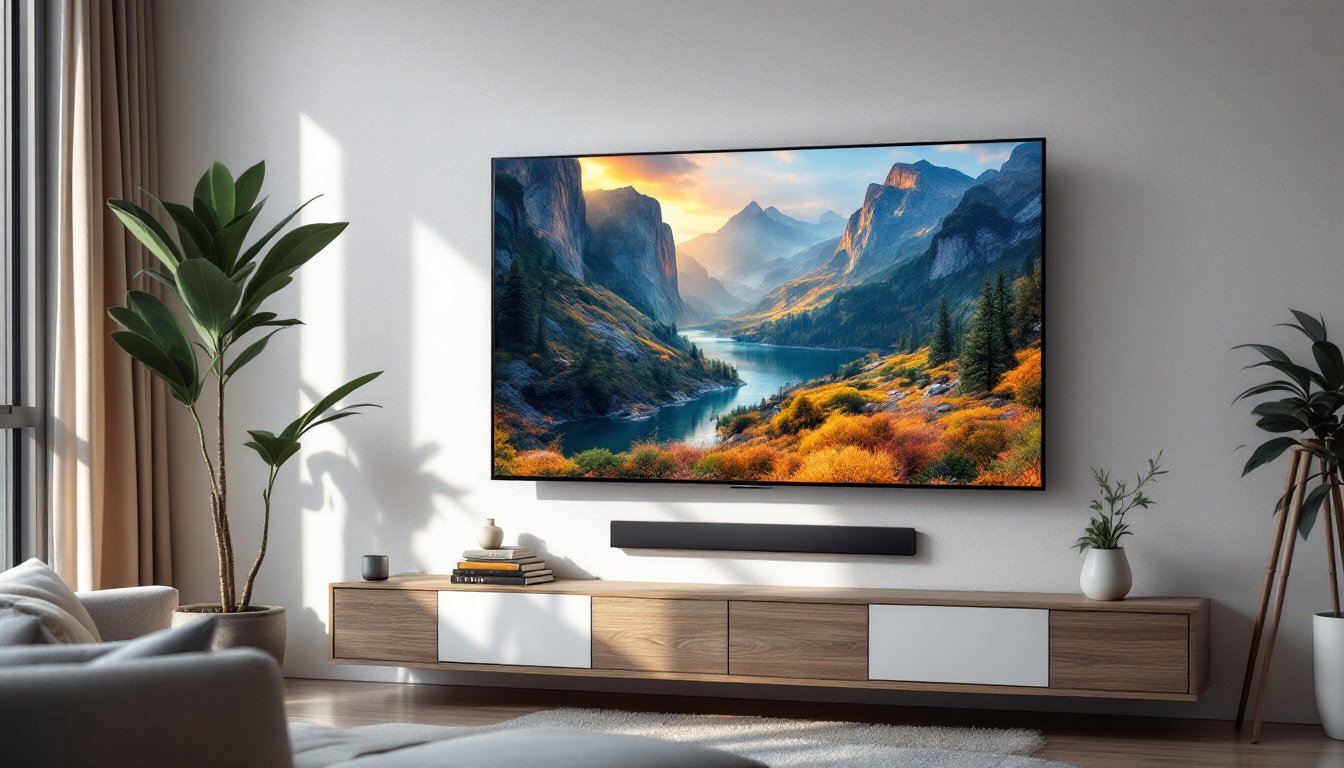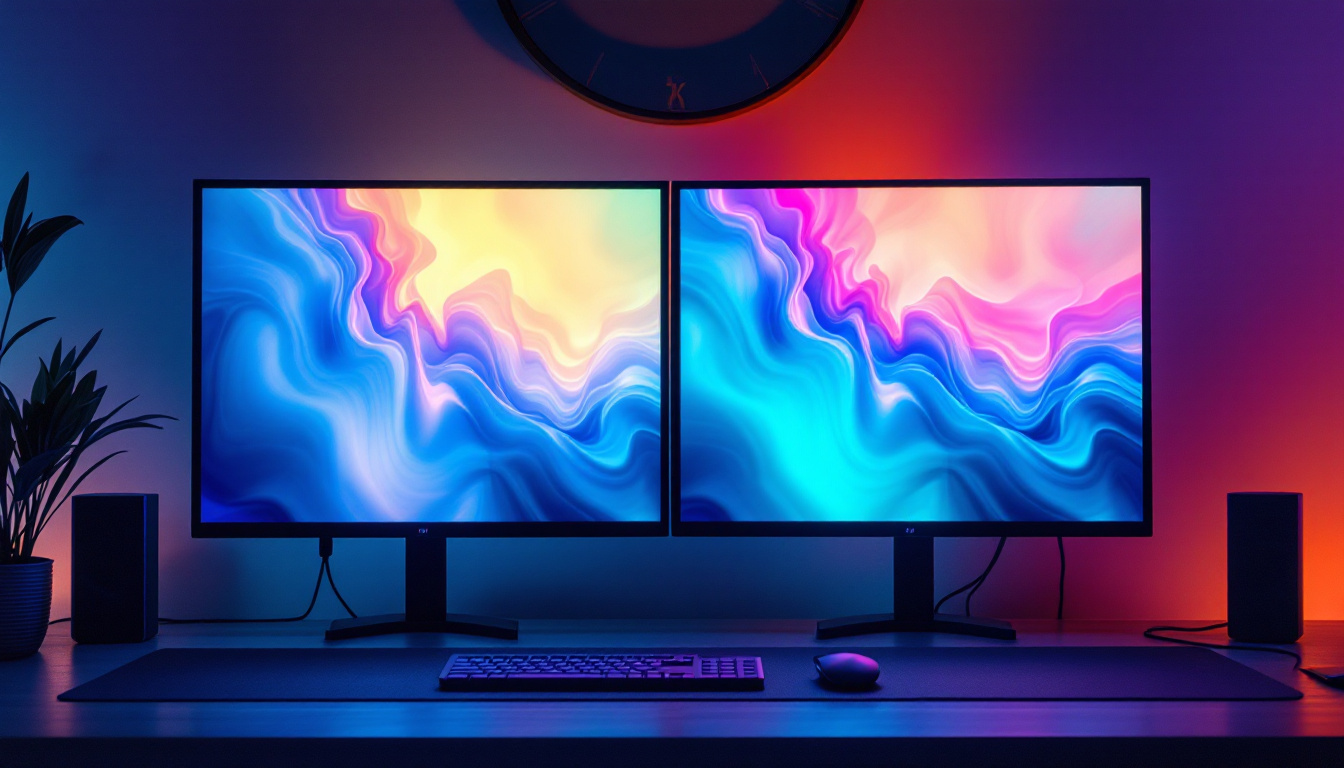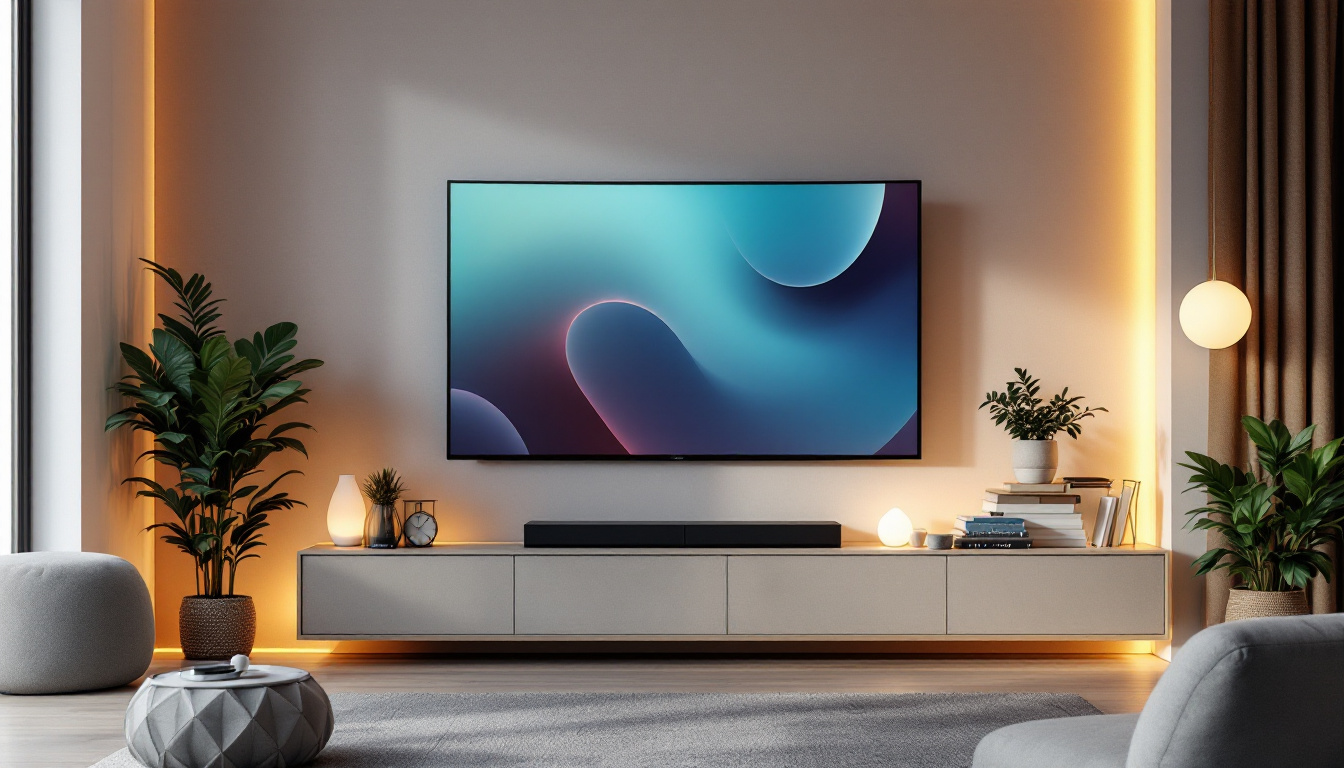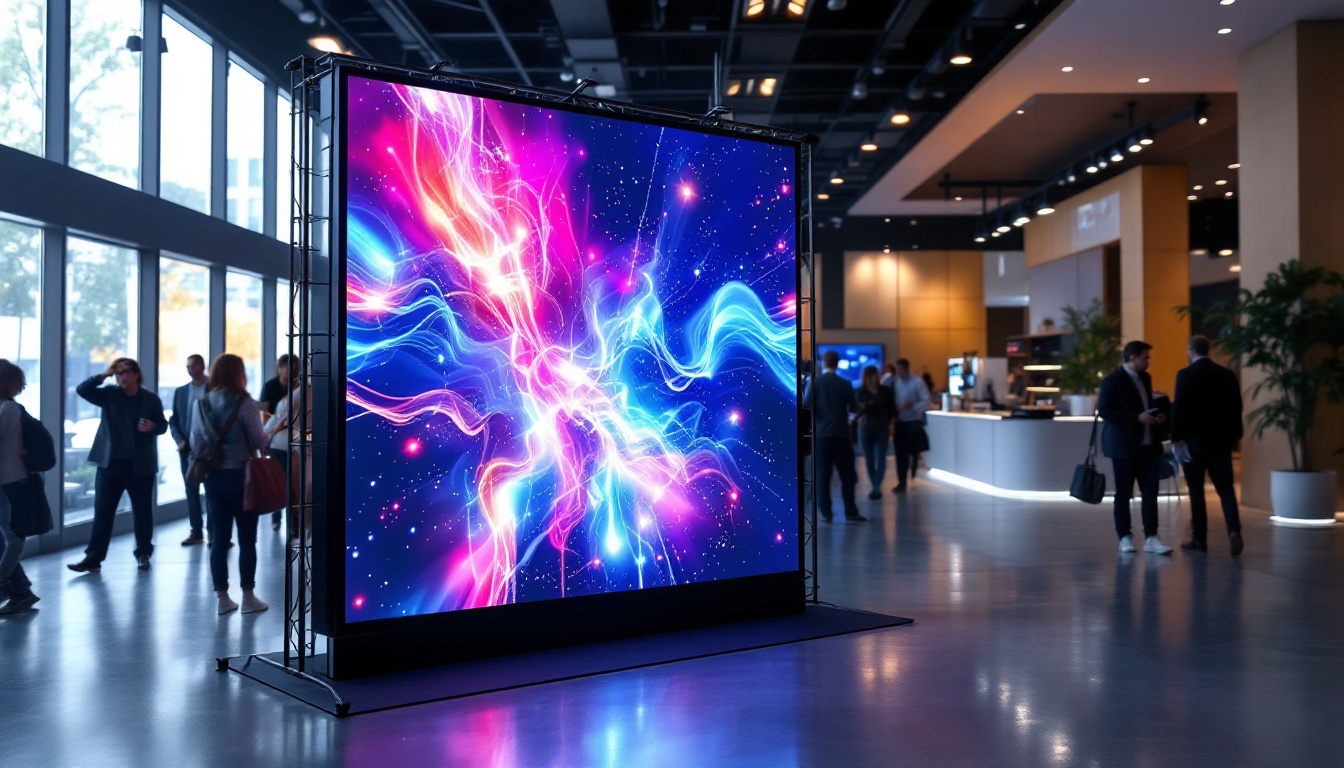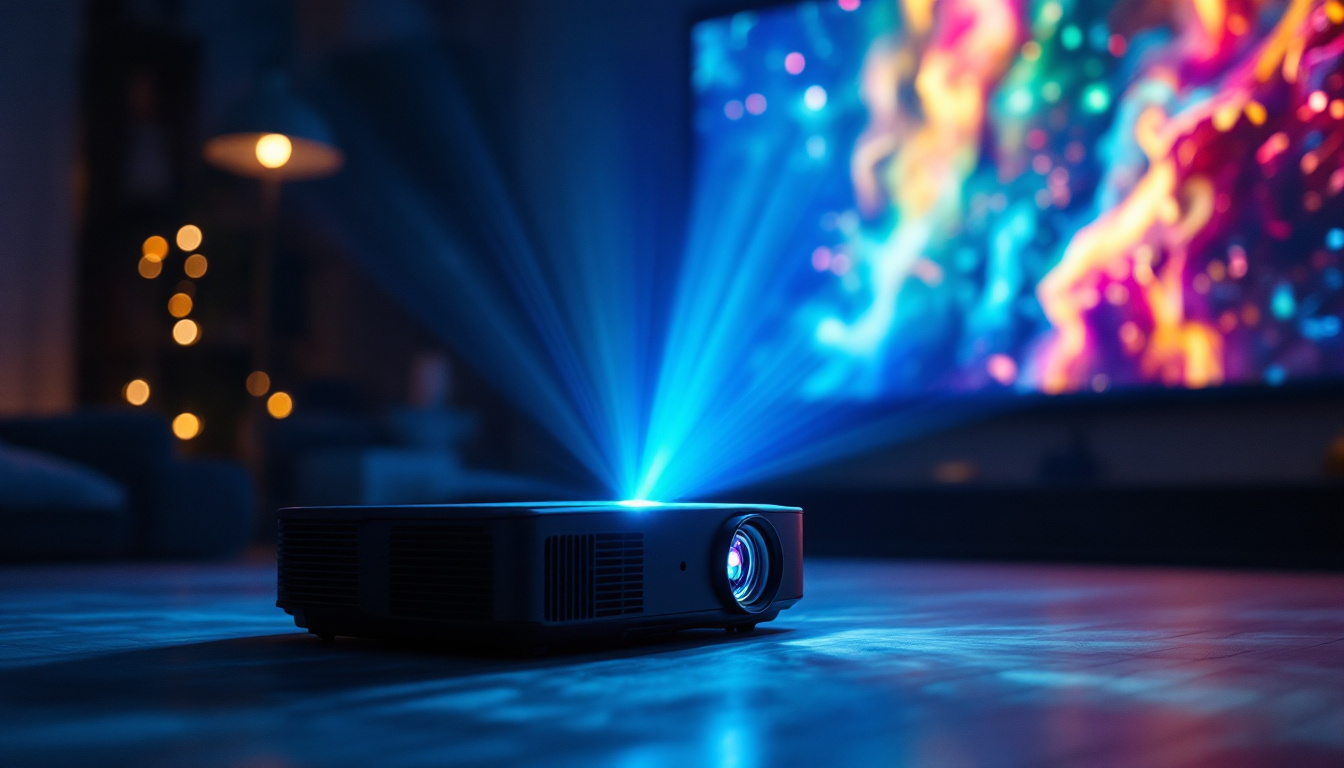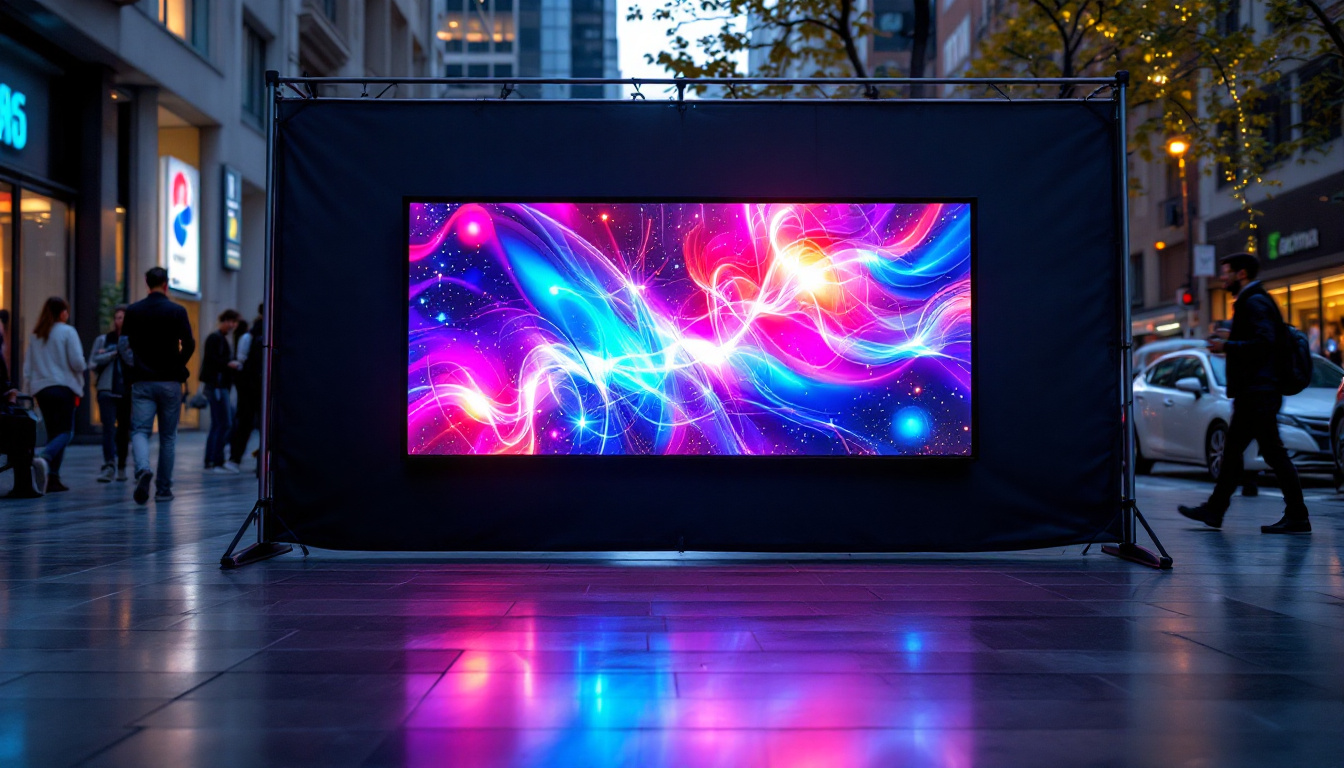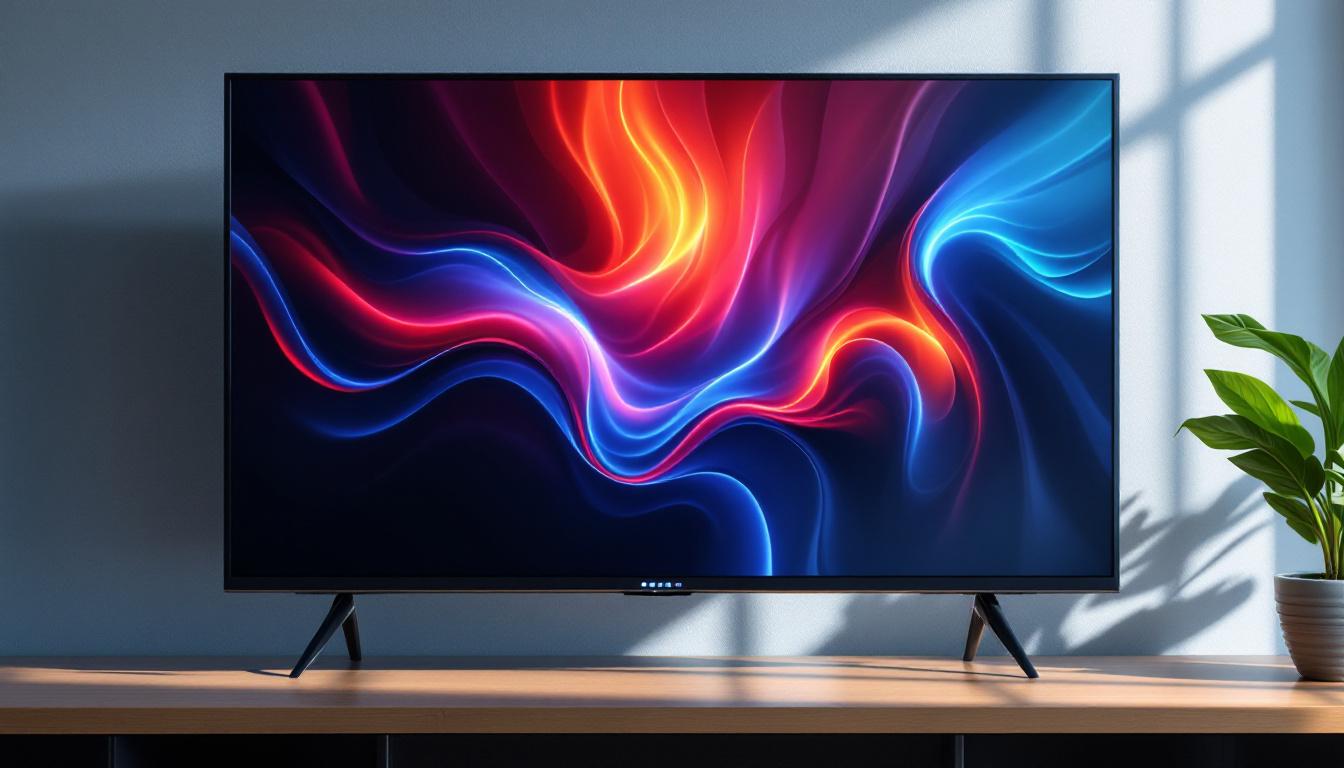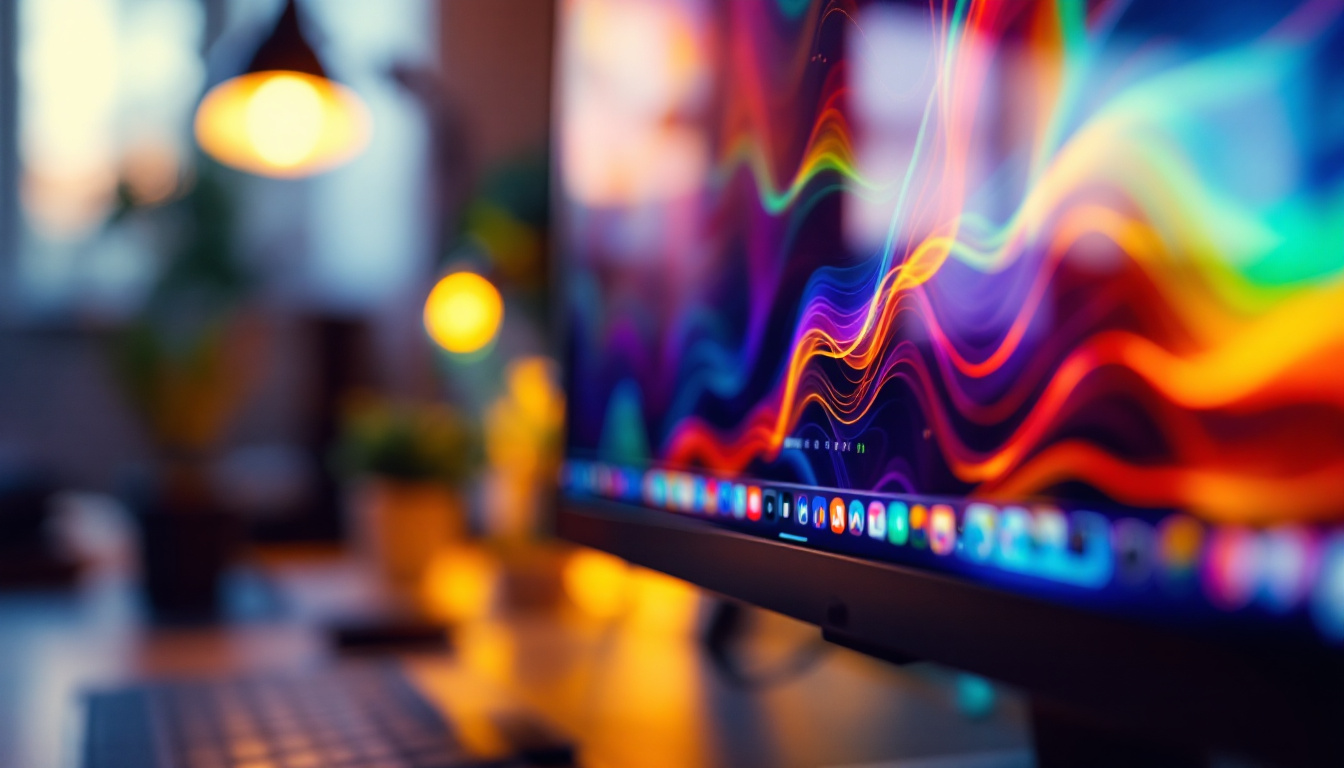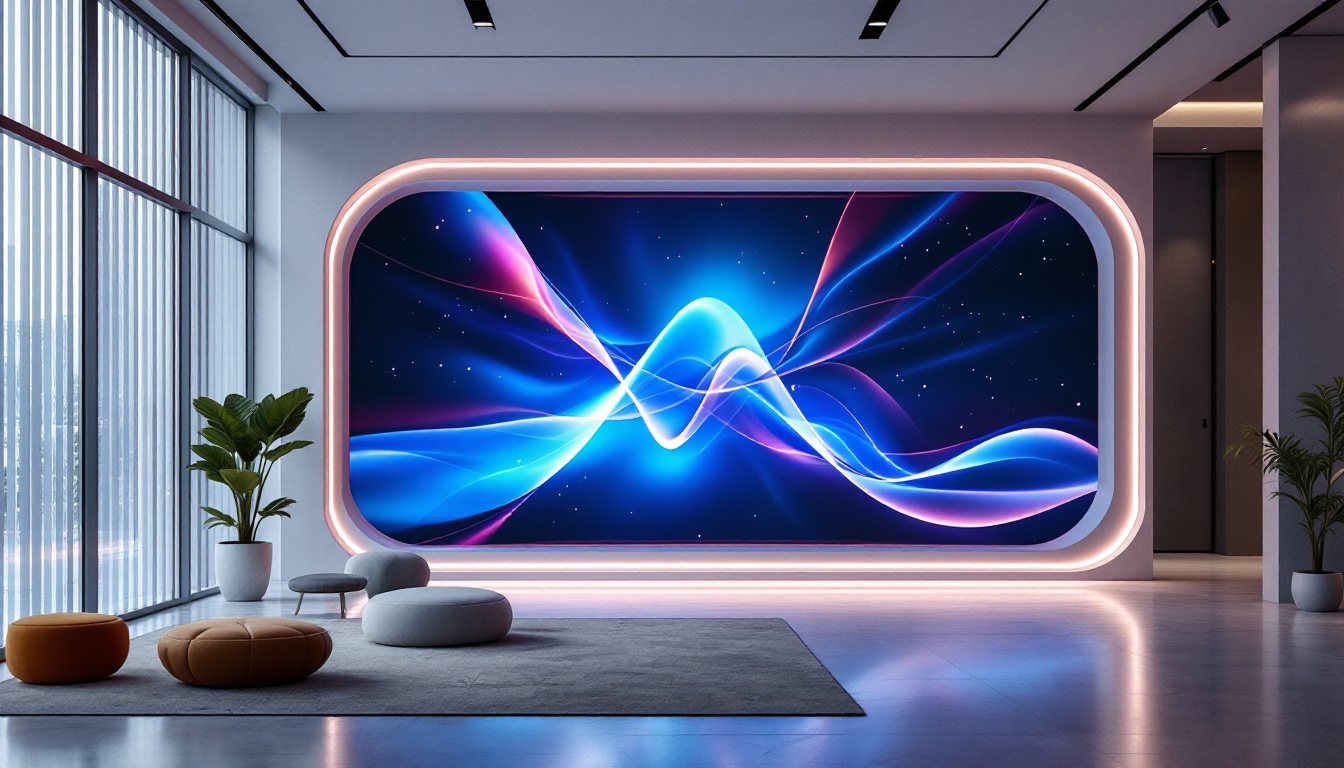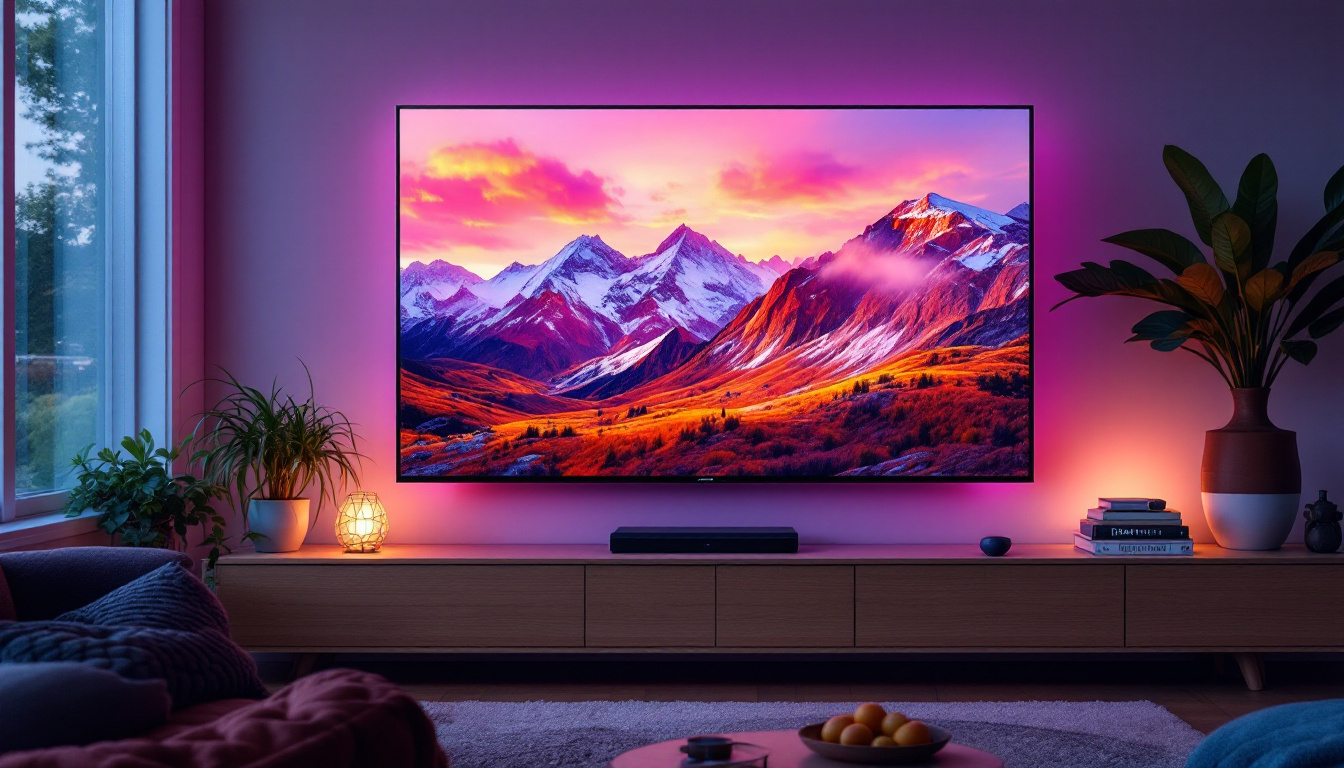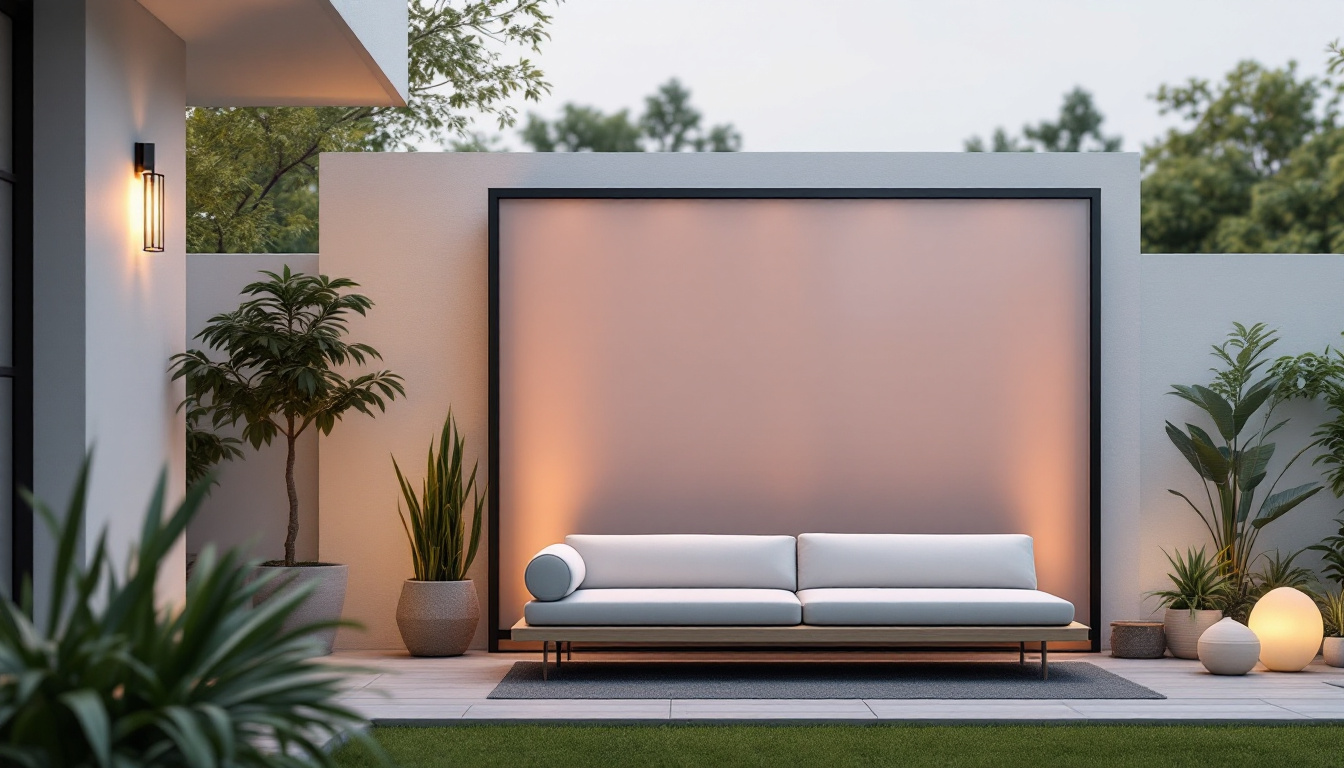In the rapidly evolving world of technology, touch screen monitors have become a staple in various industries, from education to retail. Among these, the 32-inch touch screen monitor stands out for its versatility and user-friendly interface. This article delves into the intricacies of LED displays, exploring how they function, their advantages, and their applications in different settings.
Understanding Touch Screen Technology
Touch screen technology has revolutionized the way users interact with devices. By allowing direct interaction with what is displayed, touch screens eliminate the need for traditional input devices like a mouse or keyboard. This section will explore the various types of touch screen technologies and their functionalities.
Types of Touch Screen Technologies
There are primarily four types of touch screen technologies: resistive, capacitive, infrared, and optical. Each type has its unique characteristics and applications.
- Resistive Touch Screens: These screens consist of two flexible layers separated by a small gap. When pressure is applied, the layers touch, registering the input. They are cost-effective and work well with gloves or styluses but have lower clarity and sensitivity compared to other types.
- Capacitive Touch Screens: Utilizing the electrical properties of the human body, capacitive screens detect touch through a conductive layer. They offer higher sensitivity and clarity, making them ideal for smartphones and tablets.
- Infrared Touch Screens: These screens use an array of infrared light beams across the display. When an object interrupts the beams, the screen detects the touch. They are durable and can work with any object, but they may struggle in bright lighting conditions.
- Optical Touch Screens: Employing cameras to detect touch, optical screens can provide high-resolution images and are versatile in their applications. However, they can be more expensive and complex to manufacture.
How Touch Screen Monitors Work
The working principle of touch screen monitors varies based on the technology used. For instance, capacitive screens rely on the electrical charge of the human body, while resistive screens depend on pressure. When a user interacts with the screen, the monitor processes the input and responds accordingly.
In modern touch screen monitors, advanced algorithms enhance the accuracy and responsiveness of touch inputs. This capability is crucial for applications requiring precision, such as graphic design or gaming.
Moreover, touch screen technology has seen significant advancements in recent years, incorporating features like multi-touch capabilities and haptic feedback. Multi-touch allows users to perform gestures such as pinch-to-zoom or swipe, enhancing the interactive experience. Haptic feedback, on the other hand, provides tactile responses to touch, simulating the sensation of pressing a physical button, which can improve user satisfaction and engagement.
These innovations have expanded the use of touch screens beyond consumer electronics into various sectors, including healthcare, retail, and education. In hospitals, touch screens facilitate quick access to patient records and streamline workflows, while in retail, they enable interactive displays that enhance customer engagement. Educational institutions utilize touch screens for interactive learning, allowing students to collaborate and participate actively in their lessons, making learning more dynamic and effective.
The Role of LED Displays
LED (Light Emitting Diode) displays have become the preferred choice for touch screen monitors due to their superior brightness, color accuracy, and energy efficiency. Understanding how LED technology enhances touch screen performance is essential for appreciating its widespread adoption.
What is an LED Display?
An LED display utilizes light-emitting diodes to produce images. Unlike traditional LCDs that rely on fluorescent backlighting, LED displays use individual diodes to create light, resulting in sharper images and vibrant colors. This technology has transformed the visual experience across various devices, including televisions, computers, and touch screen monitors.
Advantages of LED Displays in Touch Screen Monitors
LED displays offer several advantages that make them ideal for touch screen monitors:
- High Brightness: LED displays can achieve higher brightness levels compared to traditional displays, making them suitable for use in brightly lit environments.
- Energy Efficiency: LED technology consumes less power, leading to lower energy costs and a reduced environmental impact.
- Long Lifespan: LED displays typically have a longer lifespan than other display technologies, reducing the need for frequent replacements.
- Color Accuracy: With the ability to produce a wider color gamut, LED displays provide more accurate and vibrant colors, enhancing the overall viewing experience.
Applications of 32-Inch Touch Screen Monitors
The versatility of 32-inch touch screen monitors makes them suitable for a wide range of applications. From interactive kiosks to educational tools, these monitors are increasingly being integrated into various sectors.
Education and Training
In educational settings, 32-inch touch screen monitors serve as powerful teaching aids. They facilitate interactive learning experiences, allowing educators to engage students through multimedia presentations and hands-on activities.
Moreover, these monitors can be used for remote learning, enabling students to participate in classes from home. The touch interface allows for seamless interaction with educational software, enhancing the learning experience.
Retail and Customer Engagement
In the retail sector, touch screen monitors are becoming essential tools for enhancing customer engagement. They can be used for interactive displays, allowing customers to browse products, access information, and even make purchases directly from the screen.
Furthermore, these monitors can be integrated with inventory management systems, enabling staff to quickly check stock levels or assist customers with product inquiries. This functionality improves the overall shopping experience and can lead to increased sales.
Healthcare Applications
In healthcare, 32-inch touch screen monitors are utilized for various purposes, including patient check-ins, electronic medical records management, and telemedicine consultations. Their intuitive interface allows medical professionals to access and input information quickly, improving efficiency in patient care.
Additionally, these monitors can be used in waiting areas to provide patients with information about services, wait times, and educational content, enhancing the overall patient experience.
Choosing the Right 32-Inch Touch Screen Monitor
When selecting a 32-inch touch screen monitor, several factors should be considered to ensure it meets the specific needs of the intended application. This section outlines key considerations for making an informed decision.
Resolution and Display Quality
The resolution of a touch screen monitor significantly impacts its display quality. Higher resolutions, such as Full HD (1920×1080) or 4K (3840×2160), provide clearer and more detailed images. For applications requiring precise visual representation, such as graphic design or video editing, investing in a monitor with higher resolution is advisable.
Touch Technology
As previously discussed, different touch technologies offer varying levels of sensitivity and functionality. Depending on the intended use, it is essential to choose a monitor with the appropriate touch technology. For example, a capacitive touch screen may be ideal for applications requiring multi-touch gestures, while a resistive screen may be better suited for environments where users wear gloves.
Connectivity Options
Connectivity is another crucial factor to consider. Ensure the monitor has the necessary ports for connecting to other devices, such as HDMI, USB, or DisplayPort. Additionally, consider whether the monitor supports wireless connectivity options, which can enhance flexibility in various settings.
Maintenance and Care of Touch Screen Monitors
Proper maintenance and care are essential for ensuring the longevity and optimal performance of 32-inch touch screen monitors. This section provides tips on how to keep these devices in excellent condition.
Regular Cleaning
Touch screens can accumulate fingerprints, dust, and smudges, affecting visibility and responsiveness. Regular cleaning with a microfiber cloth and appropriate screen cleaner can help maintain clarity. It is advisable to avoid harsh chemicals that may damage the screen’s surface.
Software Updates
Keeping the software and firmware of the touch screen monitor updated is crucial for optimal performance. Manufacturers often release updates that enhance functionality, improve security, and fix bugs. Regularly checking for updates ensures the monitor operates smoothly and efficiently.
Protective Measures
To prevent damage, consider using screen protectors that can shield the display from scratches and impacts. Additionally, avoid placing heavy objects on the monitor or exposing it to extreme temperatures, as these factors can adversely affect its performance.
The Future of Touch Screen Monitors
The future of touch screen monitors, particularly 32-inch models, looks promising as technology continues to advance. Innovations in touch sensitivity, display quality, and integration with artificial intelligence are expected to shape the next generation of touch screen devices.
Emerging Trends
Several emerging trends are likely to influence the development of touch screen monitors:
- Increased Integration with AI: As artificial intelligence becomes more prevalent, touch screen monitors may incorporate AI-driven features, enhancing user interaction and personalization.
- Improved Durability: Future touch screens may utilize advanced materials that offer greater durability, making them more resistant to wear and tear.
- Enhanced Multi-Touch Capabilities: As applications become more complex, the demand for monitors with advanced multi-touch capabilities will grow, allowing for more intuitive user experiences.
Conclusion
The 32-inch touch screen monitor equipped with LED display technology represents a significant advancement in user interface design. Its applications span various industries, offering enhanced interactivity and engagement. By understanding the underlying technologies, advantages, and maintenance practices, users can make informed decisions and maximize the benefits of these innovative devices.
As technology continues to evolve, the future of touch screen monitors promises even greater advancements, paving the way for more immersive and interactive experiences. Whether in education, retail, healthcare, or other sectors, the impact of 32-inch touch screen monitors will undoubtedly continue to grow.
Discover LumenMatrix’s Advanced LED Display Solutions
Ready to elevate your interactive experiences with the latest in LED display technology? LumenMatrix is at the forefront of innovation, offering a wide array of LED display solutions that cater to every need. From captivating Indoor LED Wall Displays to dynamic Outdoor LED Wall Displays, and from versatile Vehicle LED Displays to sleek LED Poster Displays, our products are designed to make your brand stand out and your message resonate. Embrace the future of visual communication with LumenMatrix’s LED Sports Displays, Floor LED Displays, Custom LED Displays, All-in-One LED Displays, and LED Transparent Displays. Don’t miss the opportunity to transform your space and engage your audience like never before. Check out LumenMatrix LED Display Solutions today and see the difference for yourself.

